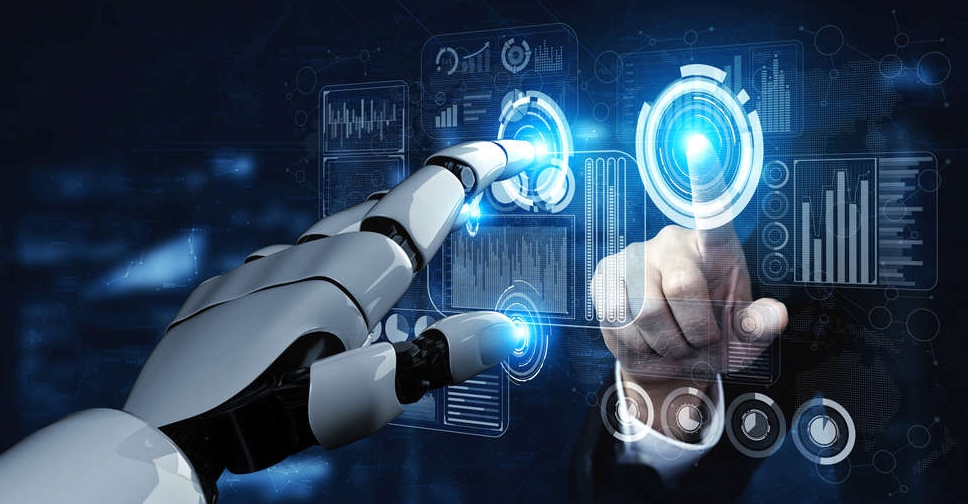
Dubai has announced the launch of a classification system to distinguish between human and machine contributions in creative, scientific and academic work.
His Highness Sheikh Hamdan bin Mohammed bin Rashid Al Maktoum, Dubai's Crown Prince and the UAE's Deputy Prime Minister and Minister of Defence, has approved the launch of the world's first Human–Machine Collaboration Icons.
Developed by the Dubai Future Foundation, the new system introduces a set of icons that show how much of a publication or project was shaped by intelligent machines—ranging from fully human-created to entirely machine-generated.
It aims to bring transparency to how research, academic, creative and intellectual content is produced in an age of growing AI involvement.
Sheikh Hamdan said the rise of intelligent machines has made it harder to tell whether content is generated by humans or AI, calling for a new approach that reflects this shift.
He has directed all Dubai Government entities to begin using the system in their research and content production.
The goal, he said, is to encourage global adoption and responsible use of AI in ways that benefit society.
The new classification system includes five main icons, ranging from All Human to All Machine, to indicate the level of collaboration in producing a piece of work.
Hamdan bin Mohammed: Distinguishing between human creativity and artificial intelligence has become a real challenge in light of today’s rapid technological advances. This calls for a new approach to recognise the growing role of intelligent machines. That’s why we launched the… pic.twitter.com/lNpVyiruA6
— Dubai Media Office (@DXBMediaOffice) July 16, 2025
Five primary classifications
- All Human: Content is fully produced by a human with no machine involvement.
- Human led: Human-produced content enhanced or checked by machine for accuracy, correction or improvement.
- Machine assisted: Humans and machines worked together iteratively to produce content.
- Machine led: Machine took the lead in producing the content, with humans verifying quality and accuracy.
- All Machine: Content was entirely generated by machine with no human input.
Sub-classifications by function
In addition to the five primary icons, the system also includes nine functional icons that indicate where in the process human–machine collaboration occurred. These cover ideation, literature review, data collection, data analysis, data interpretation, writing, translation, visuals and design.
The icon system is designed to be flexible and adaptable across sectors, industries and content formats, including image and video outputs.
While it does not assign percentages or exact weights to the contribution of machine, it enables creators to disclose involvement transparently, acknowledging that evaluation often relies on personal judgement.
Hamdan bin Mohammed approves the launch of a global classification system that enables in differentiating between the role of humans and machines in the research, production, and publication of creative, scientific, academic, and intellectual content. Developed by the Dubai… pic.twitter.com/ZWTRd9OtRl
— Dubai Media Office (@DXBMediaOffice) July 16, 2025

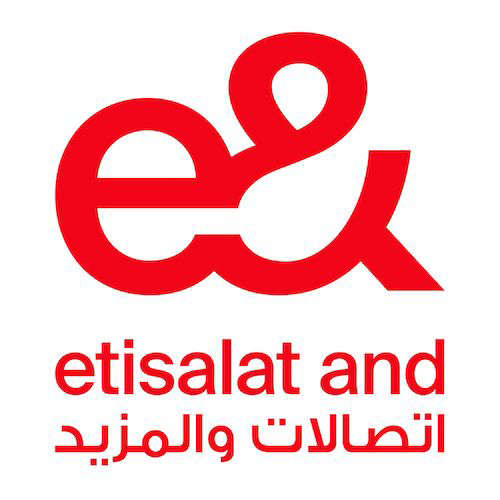

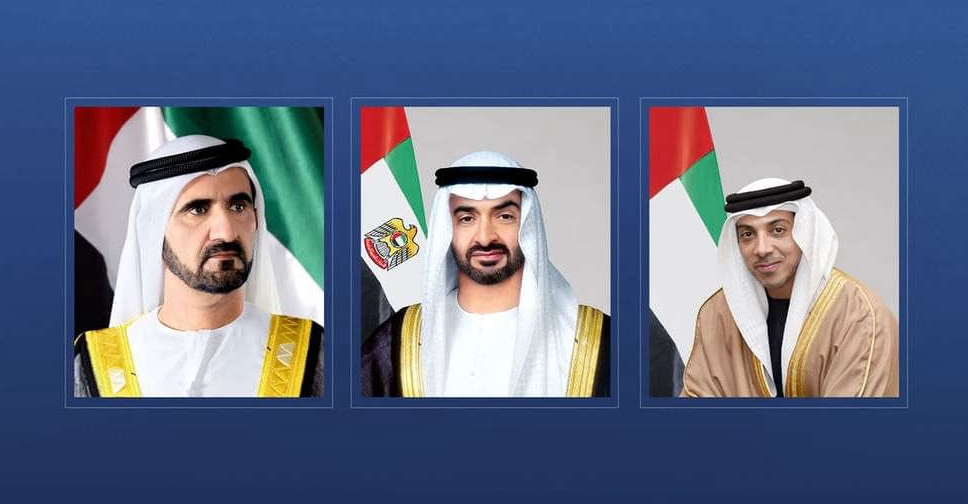 UAE leaders offer condolences to Brazil over tornado victims
UAE leaders offer condolences to Brazil over tornado victims
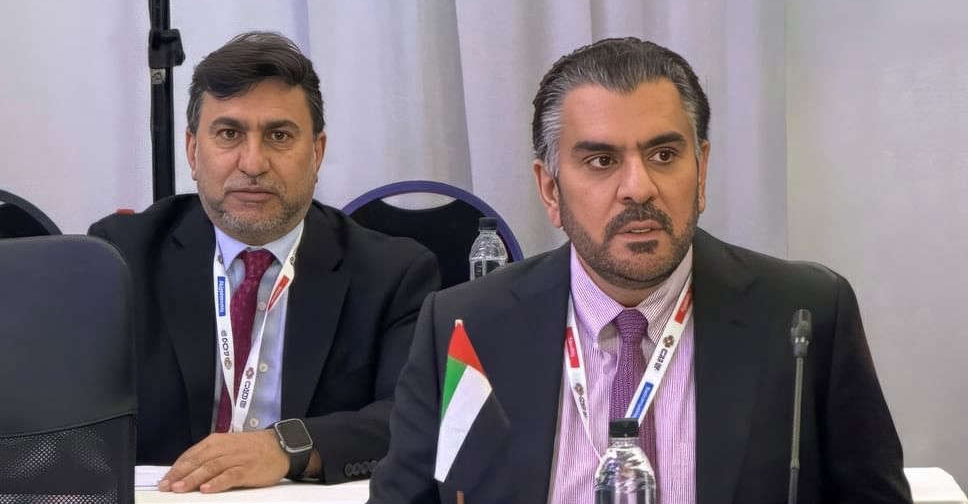 UAE takes part in G20 Health Ministers meeting in South Africa
UAE takes part in G20 Health Ministers meeting in South Africa
 WHO delegation receives medical supplies at Emirati field hospital in Rafah
WHO delegation receives medical supplies at Emirati field hospital in Rafah
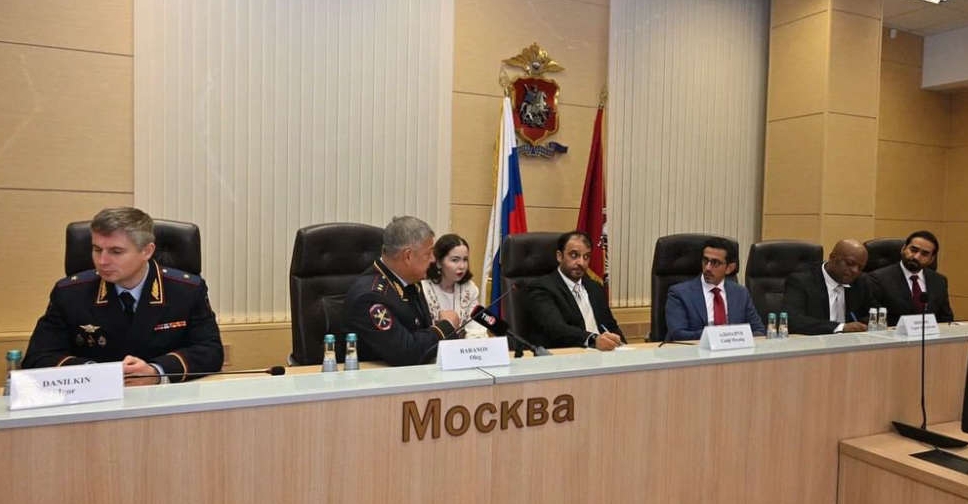 Dubai Police, Russian Ministry of Internal Affairs strengthen collaborative ties
Dubai Police, Russian Ministry of Internal Affairs strengthen collaborative ties
